Apr 2, 2025
The Evolution of eSignature Technology: From Convenience to Security
From pen-and-paper to pixels, eSignatures have revolutionized how we do business. This article explores how eSignature technology has evolved—and why today’s landscape demands stronger identity verification to protect against growing security threats.

In just a few years, the way we sign documents has transformed. We have gone from ink on paper to digital clicks—from waiting days for a courier to closing deals in minutes, no matter the distance. But while eSignatures brought speed and convenience to the forefront, the rapid shift to digital has also revealed cracks in the foundation: cracks that bad actors are increasingly slipping through.
Today, security is no longer a nice-to-have—it's essential. Here's how eSignature technology evolved, where it fell short, and why the future must prioritize identity and intent over ease alone.
From Ink to Instant: A Brief History of eSignatures
eSignatures first emerged as a workaround—scanned signatures emailed back and forth, clunky portals requiring plugins, or simple “I agree” checkboxes. The legal infrastructure came next, with major milestones like:
The U.S. ESIGN Act and UETA, which gave eSignatures the same legal standing as handwritten ones.
The eIDAS Regulation in Europe, setting standards for electronic identification and trust services.
This ushered in a wave of platforms like DocuSign and Adobe Sign—purpose-built to streamline document execution and make contracts faster and more accessible. And for a while, that was enough.
The Golden Era of Convenience
eSignatures were adopted at lightning speed, especially in industries like real estate, finance, healthcare, and HR. Their promise was simple: close deals faster, from anywhere, on any device. No more printers, no more delays.
Key benefits during this era:
Speed: Sign and send in minutes.
Accessibility: Remote-friendly, mobile-first.
Efficiency: Automate workflows, reduce paperwork.
But with all this convenience came one assumption—that the person signing was who they said they were.
And that assumption became a liability.
The Turning Point: Bad Actors Find a Way
As more critical agreements moved online, bad actors followed.
Stolen or compromised emails were used to sign contracts fraudulently.
Fake vendor setups tricked companies into wiring funds.
Deepfakes and AI-generated identities began to mimic real people.
Suddenly, a signature alone wasn’t enough. Verifying a document’s completion didn't guarantee the right person signed it. This marked a critical shift in thinking: validity doesn’t always equal security.
The Core Problem: Trusting the Click, Not the Person
Most traditional eSignature platforms verify that a document was accessed and signed—often using an email address, IP, or device fingerprint. But these methods only authenticate the tool or account used, not the human behind it.
With today’s fraud landscape, there is a growing threat of fraud in digital agreements.
Consider:
Anyone with access to your inbox could sign on your behalf.
Synthetic identities can pass basic digital checks.
There’s often no visual or biometric evidence of who actually signed.
In other words, the process assumes intent, but it rarely proves it.
Enter the Security-First Era of eSignatures
In response, a new wave of eSignature technology has emerged—one that prioritizes not just that a document was signed, but who signed it, how, and with what intent.
Here’s what that looks like:
Real-time identity verification before signing, using video or biometric checks.
AI-powered fraud detection that flags unusual behavior or risk signals.
Tamper-evident audit trails enriched with context: time, location, appearance, and more.
Proof of presence and intent, not just an IP address and a timestamp.
The result? Agreements that hold up not just legally, but defensibly—in disputes, audits, or high-risk scenarios.
How SecureSign Leads This New Standard
SecureSign was built with one purpose: to restore trust in digital agreements by securing the who, not just the what.
Key features that make SecureSign different:
Video-based identity verification to confirm the signer is present and authentic.
Risk scoring and behavioral checks to prevent impersonation.
Visual and contextual audit trails that can’t be spoofed or faked.
Whether you're signing financial documents, onboarding clients, or handling sensitive agreements, SecureSign ensures every signature is backed by human truth—not just digital assumption.
The Future of Trust Is Identity-First
The world has embraced digital signatures—there’s no going back. But in this new era, convenience without verification is no longer good enough. Organizations must rethink what “signed” really means, and demand tools that capture more than a click.
Because every signature is more than a formality—it’s a commitment.
And in an age of deepfakes and deception, trust must be earned with proof.
Ready to experience the next generation of eSignatures?
Explore more insights




